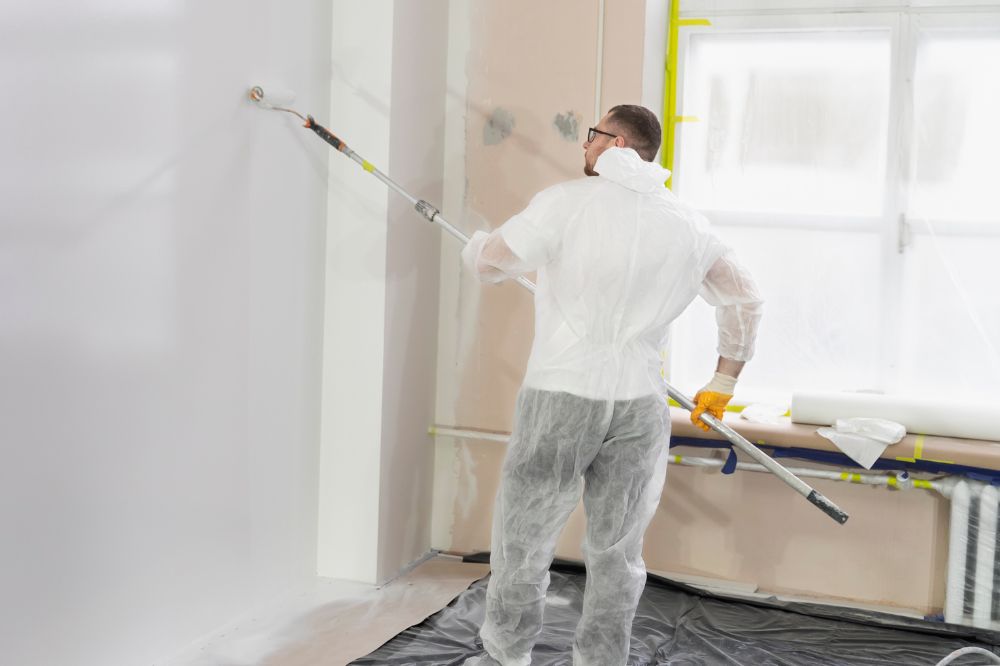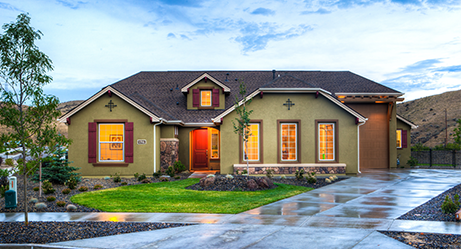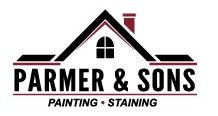
Essential Safety Techniques for Painting in Hospitals and Medical Clinics
Painting a healthcare facility isn’t just about improving its appearance—it’s about safeguarding the health and well-being of everyone inside. Whether it’s a hospital, urgent care center, or rehabilitation clinic, the painting process must follow specific safety techniques tailored to sensitive medical environments. These spaces often house patients with compromised immune systems, meaning that even small mistakes can lead to significant health risks.
To minimize these risks, professional painters must use the proper materials, apply specialized techniques, and adhere to strict protocols. From controlling air quality to reducing disruption, every step must be executed with safety at the forefront.
In this guide, we highlight the most critical safety techniques that protect patients, staff, and painters during healthcare facility painting projects.
Safety Techniques for Painting in Hospitals and Medical Clinics
Use low-VOC or zero-VOC paints to protect indoor air quality
One of the most critical safety techniques is selecting the right kind of paint. High-VOC (volatile organic compounds) paints release harmful chemicals into the air as they dry—chemicals that can irritate the lungs, eyes, and skin. In hospitals and medical clinics, where air quality is critical, this is an unacceptable risk.
The technique here is to use low-VOC or zero-VOC paints, which contain significantly fewer toxic compounds. These alternatives are safer for patients with asthma, allergies, or other respiratory conditions, and they reduce odor during and after application.
Many healthcare projects are mandated by regulation to use low-VOC products. Choosing these paints isn’t just a best practice—it’s often a legal and medical necessity.
Apply Infection Control Technique During Painting
Every painting job in a medical setting must include robust infection control procedures. The key technique is to isolate work areas using plastic sheeting or containment barriers, and to use HEPA-filtered negative air machines to prevent airborne particles from circulating.
All surfaces should be cleaned before and after painting, and painters must wear appropriate personal protective equipment (PPE). Where applicable, single-use tools may be recommended to prevent cross-contamination.
These techniques are crucial in maintaining patient safety and ensuring adherence to infection control standards.
Divide the Job into Phases to Avoid Disrupting Patient Care
A large painting project might take several days or even weeks. But most healthcare facilities can’t close completely for that long. That’s why phasing the work is so important. It allows different parts of the building to be painted while other areas remain in use.
For example, painters might complete one wing of a hospital at a time or schedule work around patient discharges. This type of planning reduces confusion, maintains patient flow, and ensures that the most critical spaces remain available for care.
This approach also gives facility staff time to prepare. They can move equipment, reroute visitors, or adjust their schedule to accommodate the project timeline.
Use Antimicrobial paint For Added Surface Protection
Some paints contain additives that fight against bacteria, mold, and mildew. These are known as antimicrobial paints. While they don’t replace regular cleaning, they do help reduce the number of germs that can grow on walls and high-touch surfaces.
Common areas where antimicrobial paint is helpful include:
- Exam rooms
- Bathrooms
- Waiting areas
- Hallways
- Nurse stations and reception areas
Adding this type of paint is one more way to make the environment safer.
Schedule Work During Low-Traffic Hours
A proven technique for minimizing risk is to schedule painting during off-hours, such as nights, weekends, or holidays. Fewer people in the building means less disruption and lower exposure to noise or fumes.
This also allows the painted space more time to ventilate before regular use resumes. Low-traffic scheduling improves overall safety and project efficiency.
Follow all OSHA and State Safety Regulations
Safety techniques aren’t just about materials—they also involve adherence to regulations. Painters must follow OSHA guidelines and Virginia-specific health and safety codes to avoid hazards such as falls, spills, or chemical exposure.
Necessary safety steps include:
- Using ladders and tools properly
- Keeping air moving with ventilation equipment
- Marking work zones clearly with signs
- Storing materials correctly to avoid spills or fires
These rules are about more than compliance—they protect the health and safety of both workers and patients.
Communicate Closely With Healthcare Staff
Finally, one of the most critical safety techniques is maintaining open communication with hospital and clinic staff. Clear communication helps everything go smoothly. Painters should work closely with hospital managers, facility staff, and cleaning crews. By sharing daily updates and being open to feedback, painters can adjust their schedules, avoid busy areas, and address any concerns.
A strong partnership between the painting crew and the facility team ensures fewer surprises and a smoother overall process.
Bottom Line
Painting in hospitals and medical clinics demands more than general experience—it requires precise safety techniques tailored to healthcare environments. From using non-toxic paints and antimicrobial coatings to working in low-traffic hours and following infection control protocols, every detail matters.If you’re overseeing a medical facility in Virginia and need experienced professionals who understand these safety demands, Parmer and Sons is ready to help. We specialize in delivering clean, compliant, and safe painting services that protect your patients, staff, and spaces from start to finish.


